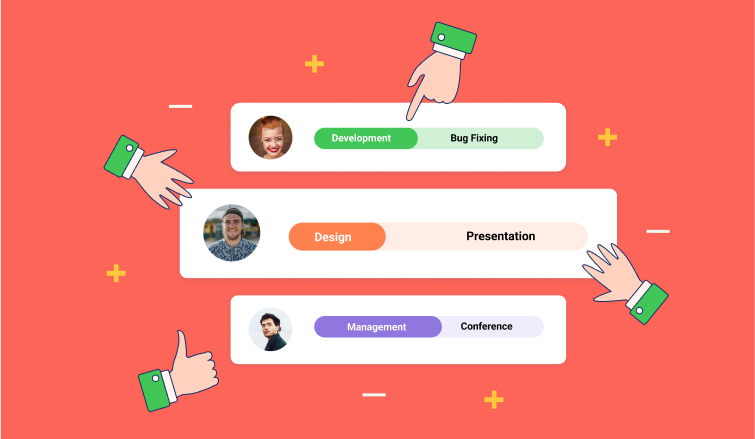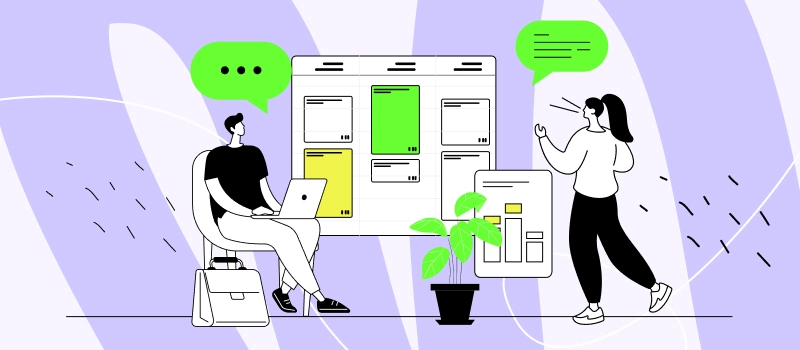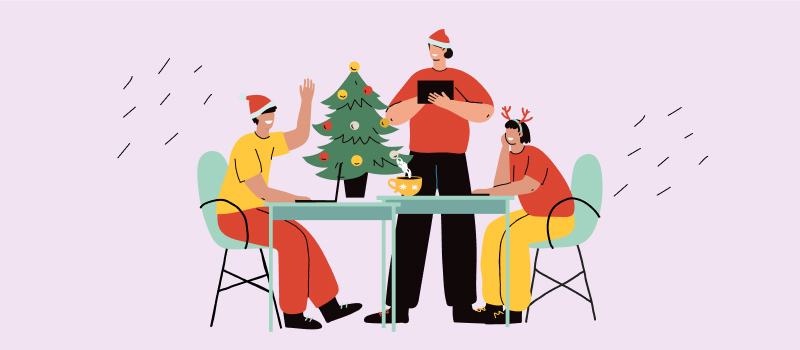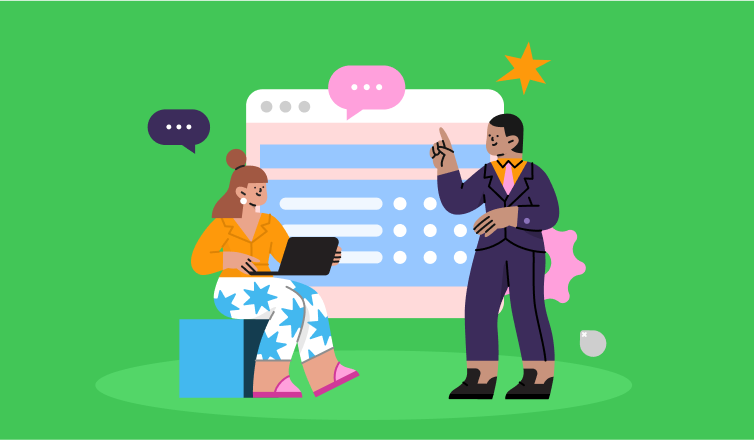
Have a think about the last time you dedicated 100% of your attention to just one goal. It can be hard, especially when we want and need to achieve so many goals. Attempting to lighten our workload by doing all our jobs at once seems like the best solution, right?
Wrong. Multitasking is not always the best way to success. In fact, if you’re looking to make a positive change to the way you work, you should really be considering single-tasking.
What Is Single-Tasking?
It’s not a trick question. In fact, it’s exactly what it sounds like. Single-tasking is simply the act of focusing on one task at a time. It asks us to tackle one job at a time, only moving on to the next when the task at hand is complete and we can put it out of our minds.
How Do I Single-Task?
Focusing on just one task sounds like it should be easy; surely multitasking is the more difficult option? But strangely enough, this isn’t often the case.
We are so used to having several tasks to complete at any one time, that attempting to multitask actually becomes the norm for most people, especially in our work lives. So how do we go about simplifying things by moving towards single-tasking?
The first step is to be aware of what jobs you have to complete, and organize them by which are the most urgent tasks. Whichever deadline is coming up first, that should be the task you focus on.
It can be tempting to tackle smaller tasks first in an attempt to get them out of the way so you can spend more time on larger jobs. However, tackling a task that doesn’t need to be completed for a few weeks when you have a deadline looming in a few days, just means that you’ll still be thinking about the impending deadline. If you’re thinking about another deadline while you’re working on something else, you’re still multitasking.
Be sure to completely finish the task at hand, too. It can be tempting to stop partway through a job and return to it later after tackling something else. But although you may only be physically working on one job at a time, the unfinished task will still be on your mind, meaning you’re still multitasking.
It’s not just other deadlines that can pull your focus. How many times have you been distracted by incoming emails or team voice calling alerts while you’re trying to work? And the distractions only increase when you’re working from home.
So, try to improve your email management skills; keeping your inbox as clear as possible will reduce the things waiting to distract you when you open it up.
Single-tasking means focusing on work when it’s time to work. Setting up barriers between yourself and potential distractions will be necessary for many of us. Turn off email alerts, and shut your smartphone away in a drawer, or better yet, another room entirely.
Save checking your phone for your breaks. This brings us neatly to our next point; make sure you take regular, meaningful breaks. Some studies recommend taking a five-minute break after every 25 minutes of work.
Your own timing may be different based upon your attention span and your environment. Take breaks when they suit you, but make sure they are meaningful. Step away from your computer, go outside if possible, and allow yourself to energize and refocus.
Why Is Single-Tasking Better Than Multitasking?
Multitasking feels like it should be the better option for getting more done in a shorter amount of time. This isn’t true. The truth is, when we try to multitask, we actually waste a lot of time in the act of simply switching the task we’re focusing on in our brains.
Scientists estimate that for each additional task we attempt, we actually reduce our productivity by 20%. That’s a lot of lost time. Tackling one task at a time eliminates this wasteful practice, and so our productivity actually increases. Focus on one task at a time, and you’ll complete them all faster in turn.
This has the added benefit of reducing stress levels. If you can see yourself making significant progress on your to-do list, you’ll be less likely to worry that you’re falling behind. Tackling one job at a time, and removing them more quickly from your workload means that you’re less likely to be working right up to deadlines, and can take a more relaxed approach to your tasks.
Not only will single-tasking help you to complete your tasks more quickly, but it can also improve the standard to which you complete them. Focusing solely on one task can feel stressful, especially if it’s something you’re struggling with. As mentioned, shutting away your phone for a while can help with this too, then you can focus on work rather than worrying about texts, emails, and cloud phone alerts.
But forcing your mind to hone in on one problem at a time will allow you to dig deeper into the problem at hand, enabling you to come up with different solutions that you may have not otherwise considered. In this way, single-tasking can open up new avenues of thought, allow you to discover new methods of working, and boost your creativity.
There are occasions when a little bit of multitasking can be beneficial for us, however. Cleaning the house seems like much less of a chore if you put your headphones in and listen to an audiobook as you do it. Technically, this is multitasking.
Don’t always deny yourself the opportunity if it arises, but make sure that you pair an active task like cleaning, with a passive task like listening to a podcast. That way, your focus isn’t drawn away too much and you still make good progress with the task at hand.
It’s Nearly Time to Go Back to Work
Hopefully, you’ve given this article your full attention as you read it. Otherwise, you may not have fully appreciated the benefits of single-tasking yet.
When you go back to your day job, give it a try. Find out which of your impending deadlines needs to be met first, and give that task your full attention. Set up boundaries to keep you focused, and keep going until you reach the finish line. You’ll notice a difference in how quickly you complete the job, and how well you do it.
This post is contributed to actiTIME by John Allen, the Director of SEO for 8×8, a leading inbound call center solution with integrated contact center, voice, video, and chat functionality.
















































